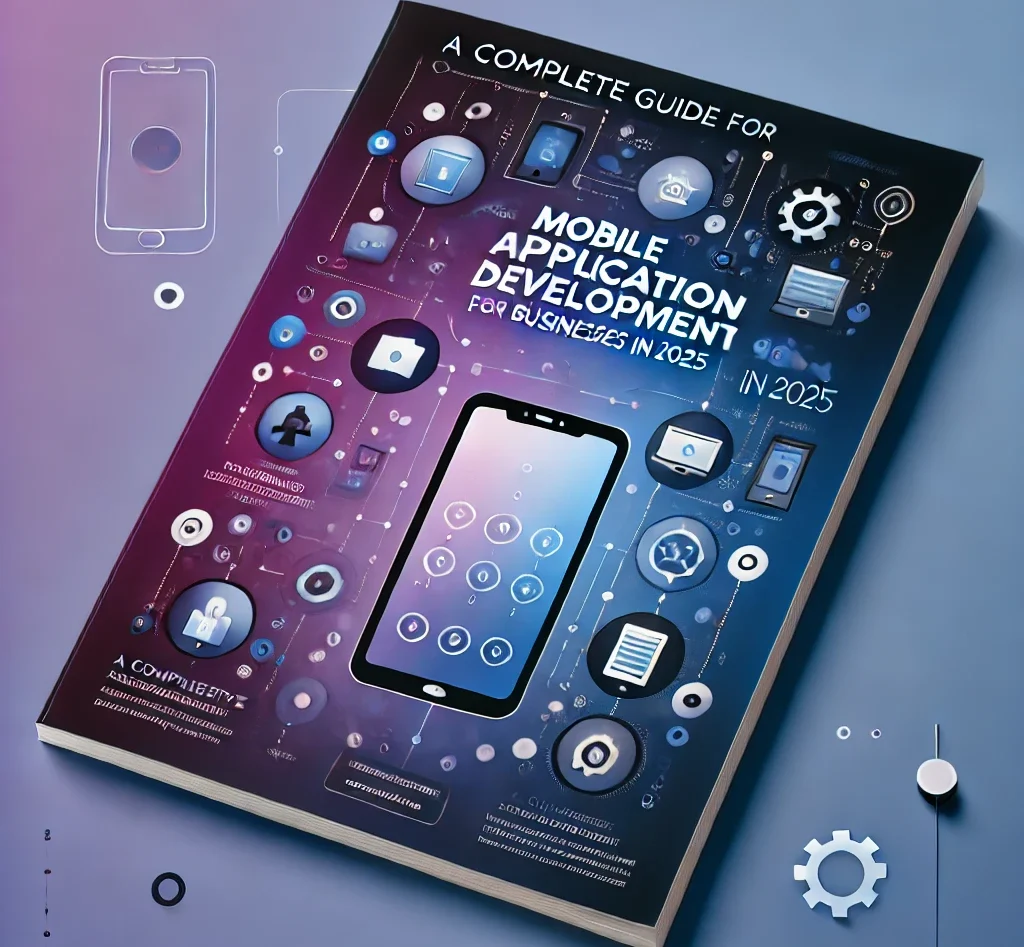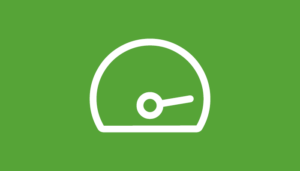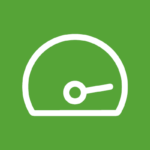
Complete Guide for Mobile Application Development for Businesses in 2025
As per a recent industry analysis by several reputable market research companies, the number of smartphone users in the world are 4.88 billion at present. This number is forecasted to reach 7.12 billion by 2024 end. A forecast suggests a continuous global rise in the number of smartphone users between the years 2024 and 2029.
So, what are these people doing with their smartphones?
They are using apps.
A study states that smartphone users spend an average of 4.37 hours daily using mobile applications.
These apps can be anything from WhatsApp to social media apps like Facebook, LinkedIn, Instagram, X, and more; from music apps, gaming apps, dating apps, health apps, to a range of shopping apps, and lots more.
So, if you have decided to create an app, you made a smart decision.
This quick guide for mobile app development is created our team of experts especially for all you aspiring app developers.
So, let’s get started…
Table of Contents
App Development Happens in Two Overall Processes:
- Writing code for the software
- Designing the application
Difference Between Mobile App Development And Traditional Software Development
The major difference is that mobile apps are able to use native features of the smartphone. For instance, a mobile app can leverage features like camera, GPS, microphone, and other in-built functions of the device.
You can create apps for a range of platforms; however, Apple and Android apps rule the global market share of mobile applications. Furthermore, you can choose from various app development frameworks. So, ladies and gentlemen, you are going to love the whole process of developing a mobile app!
Let’s break the mobile app development process into several small steps.
Step 1: Conceptualize
Some of you may already have an idea for the app, while others may have to brainstorm ideas.
Think:
- What do you want the app to do?
- How will it benefit your users?
- What is your budget for app development and maintenance?
- Will you develop app on your own or hire an app developer?
Answer to these questions will help you decide what kind of app you want.
Step 2: Do Market Research
Nowadays, it’s rare to have no competition. No matter how novice your idea appears to you, somebody somewhere has already implemented it!
Find out:
- Your competition
- Your target audience (what are people looking for?)
- Your app’s USP
- The best platform for your app launch
- Marketing strategies for your app
Step 3: Design The App
Do some sketch work. Create wireframes. Prioritize user experience. You must develop certain prototypes of your app on the basis of the wireframes before you begin the process of developing a fully-functional application.
Developing The App
Here’s what you must do:
- Choose the method of developing app
- Create a team, consisting of a project manager
- Determine a timeline
- Stay flexible and be prepared for alterations and challenges along the process
You might need to develop distinct versions of the application – one for Android and one for iOS. Remember, cross-platform development tools can help you create a single version of your application, which would work on iOS and on Android. So, you can use this too.
Process of developing an app is not exactly the same for everybody. Certain applications can be developed in 30 days and may require only one developer, whereas certain applications may take more than six months or 12 months and require multiple developers.
The cost and the time of developing an app depends on the type and the degree of complexity of the app. For instance, a basic app is quick and cost-effective to develop, while a complex app with advanced features may take time and more money to build.
Such apps may need GPS features, user authentication servers, real-time interaction with users, and other such sophisticated features.
Testing of App
You must test the app before making it live. This helps you catch bugs, errors, or any glitch that needs to be corrected before the end user uses your app. You must test the app on both platforms and on various devices like tablets, smart phones, and so on.
The objective of testing an app is to see whether it is functional and works seamlessly without crashing so that users get a pleasant experience of using your app.
Remember, no app is 100% perfect. So, instead of trying for perfection, focus on making a functional and user-friendly app. You can create newer versions of your application later once your app becomes a hit in the market.
The Most Preferred Platforms For Mobile Application Development
You can find an array of platforms for mobile app development. Choose one depending on your budget, type of app, skills, and app development goals. It is smarter to choose a platform that not only lets you develop an app, but also lets you test it, debug it, optimize it, and maintain it post-launch.
Some Of The Most Popular Platforms Include:
- Microsoft Xamarin: A great platform to develop cross-platform apps through a single shared code. It lets you develop apps for iOS, Android, and Windows.
- Flutter: Lets you develop cross-platform apps with a single codebase.
- Build Fire: A powerful platform, ideal for developers with no coding knowledge or experience; works for both Android and iOS.
- Adobe PhoneGap: This platform is different from others in the sense that it lets you create an app using HTML5, JavaScript, or CSS3.
Kinds of Mobile Applications
App development has evolved and is much different from how it was done earlier. Today, you can find advanced tools and platforms that allow you to develop apps from scratch despite having little knowledge about coding.
The different types of apps include:
- Native apps, which can be installed directly on mobiles
- Cross-platform native apps, which can be installed on both iOS and Android platforms
- Hybrid apps, which are similar to cross-platform ones, but less technical, more user-friendly, and great for people with little coding knowledge
- Progressive web application, which are apps delivered through web
Whatever app you develop, always focus on user experience. This means your app must be functional, easy to use, and interesting.
Happy coding!
What we’ve learned is yours for sharing!
Recent Posts
Catagory
Contact Us!












